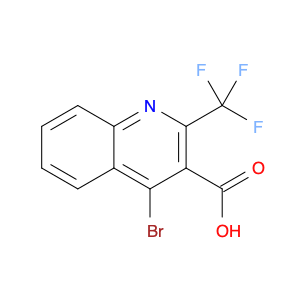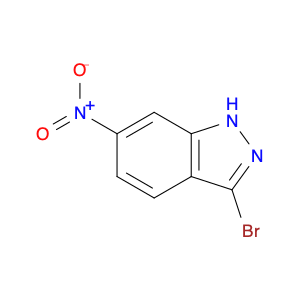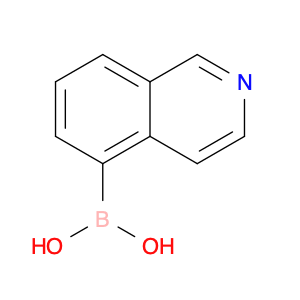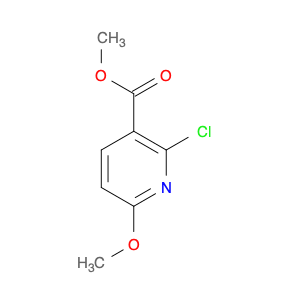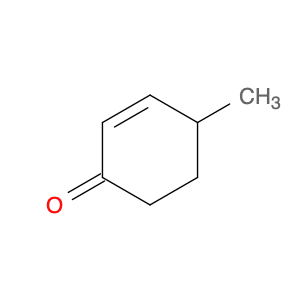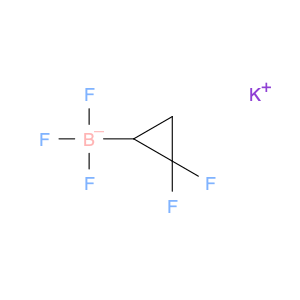4-Bromo-2-(trifluoromethyl)quinoline-3-carboxylic acid is a versatile compound widely used in chemical synthesis due to its unique properties and reactivity. This compound is known for its ability to act as a key building block in the synthesis of various pharmaceuticals, agrochemicals, and specialty chemicals.One of the main applications of 4-Bromo-2-(trifluoromethyl)quinoline-3-carboxylic acid in chemical synthesis is as a precursor for the synthesis of quinoline-based derivatives. Quinoline derivatives have been extensively studied for their diverse pharmacological properties, including antibacterial, antimalarial, and anticancer activities. By utilizing 4-Bromo-2-(trifluoromethyl)quinoline-3-carboxylic acid as a starting material, chemists can efficiently access a wide variety of quinoline derivatives through functional group manipulations and further transformations.Furthermore, this compound can also serve as a valuable intermediate in the synthesis of fluorinated organic molecules. The trifluoromethyl group in the structure of 4-Bromo-2-(trifluoromethyl)quinoline-3-carboxylic acid imparts unique physicochemical properties to the resulting compounds, such as increased lipophilicity and metabolic stability. These characteristics are often desirable in drug discovery and development processes, making this compound an indispensable tool in medicinal chemistry and related fields.Overall, the strategic incorporation of 4-Bromo-2-(trifluoromethyl)quinoline-3-carboxylic acid into synthetic pathways enables chemists to access a diverse array of functionalized molecules with potential applications in pharmaceuticals, agrochemicals, and materials science. Its reactivity and versatility make it a valuable asset in the toolkit of synthetic chemists seeking to design and prepare novel compounds for various industrial and scientific purposes.
 sales@aaronchem.com
sales@aaronchem.com
